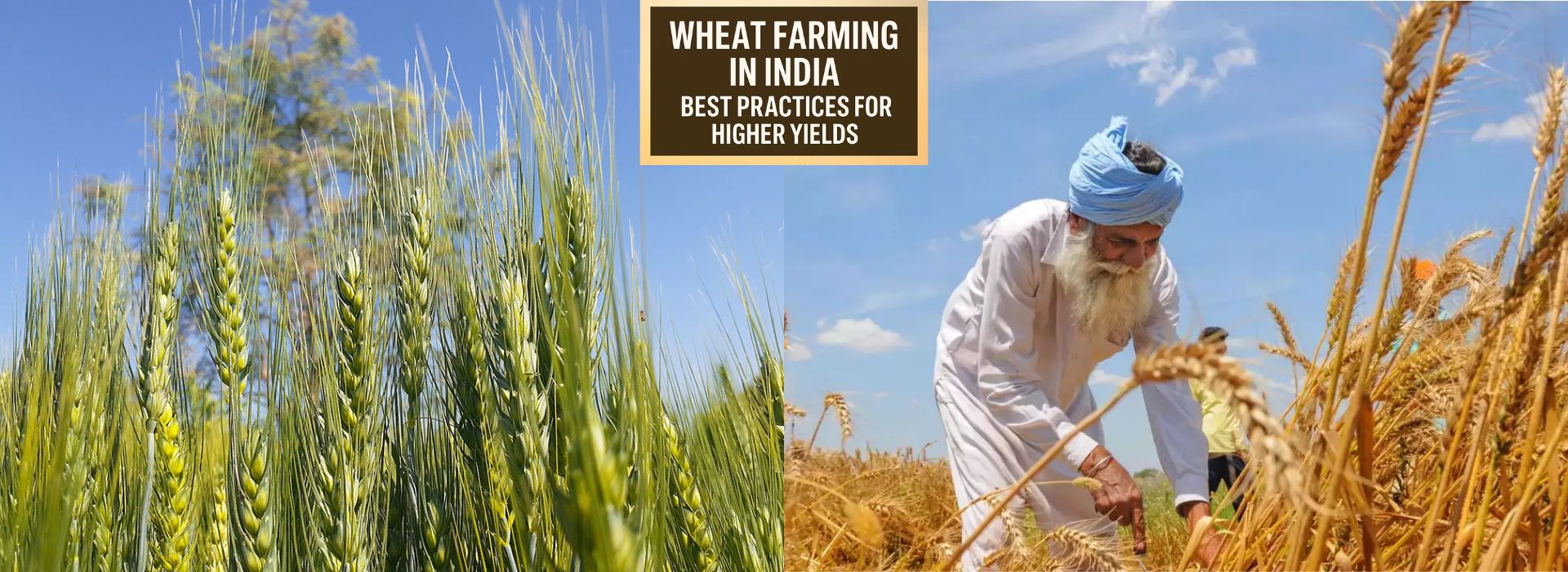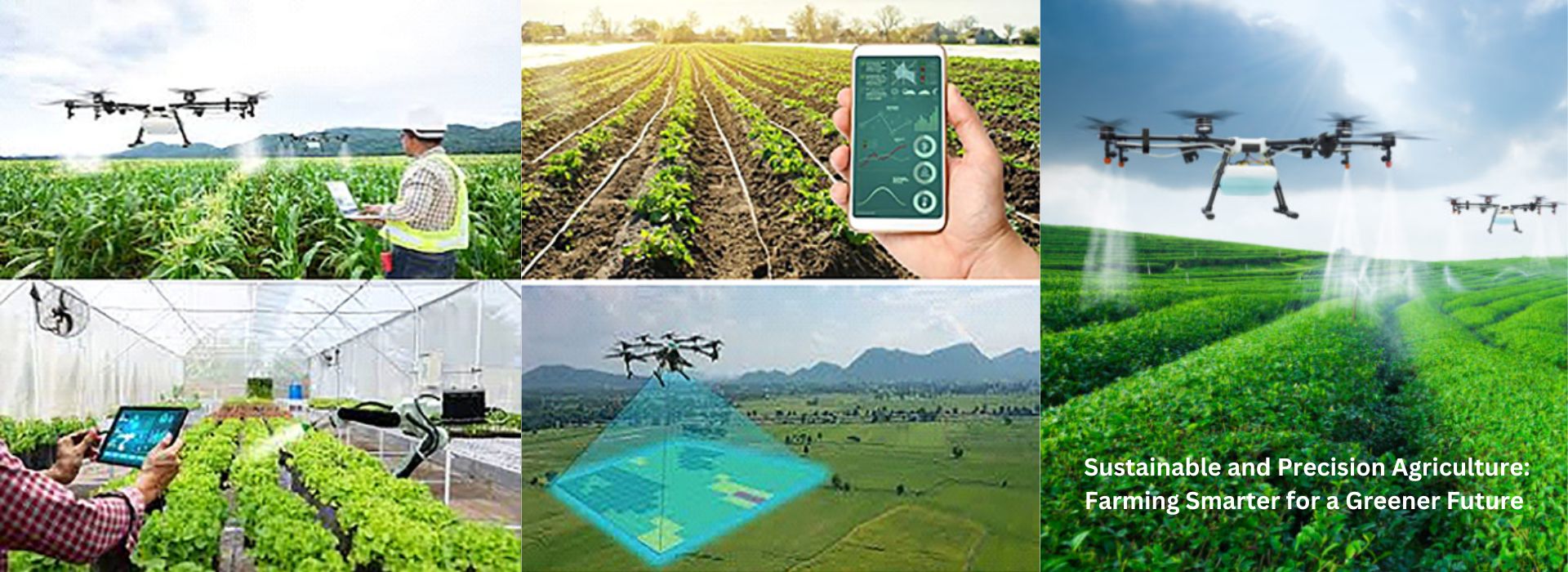Harnessing the Power of Dissolved Oxygen in Agricultural Farming
January 24, 2024In the realm of modern agriculture, where precision and efficiency are paramount, harnessing unconventional factors can lead to remarkable advancements. One such factor that is gaining attention in agricultural circles is dissolved oxygen. Traditionally associated with aquatic ecosystems, dissolved oxygen is proving to be a game-changer when integrated into agricultural practices. In this blog post, we will explore the role of dissolved oxygen in farming and how it can contribute to enhanced crop yields and overall sustainability.
Understanding Dissolved Oxygen in Soil
Dissolved oxygen is often associated with water bodies, where it plays a crucial role in supporting aquatic life. However, the soil beneath our feet also contains varying levels of dissolved oxygen. This oxygen is vital for the respiration of plant roots and soil microorganisms. Insufficient oxygen levels in the soil can lead to poor root development, nutrient uptake inefficiencies, and increased susceptibility to diseases.
By actively monitoring and managing dissolved oxygen levels in the soil, farmers can create optimal conditions for plant growth and enhance the overall health of their crops.
Improved Nutrient Uptake
Dissolved oxygen in the soil is directly linked to nutrient availability for plants. Adequate oxygen levels enhance the activity of soil microbes that facilitate the breakdown of organic matter, releasing essential nutrients in forms that plants can absorb. This improved nutrient cycling contributes to healthier and more robust crops.
Farmers can leverage this knowledge by adopting practices that promote aeration in the soil, ensuring that oxygen is readily available to plant roots. Aerated soils not only enhance nutrient availability but also prevent waterlogged conditions that can lead to root diseases.
Mitigating Soil Compaction
Soil compaction is a common challenge in agriculture, particularly in areas with heavy machinery use. Compacted soils restrict the movement of air and water, limiting the availability of dissolved oxygen to plant roots. This, in turn, hinders root growth and nutrient uptake.
Incorporating practices like cover cropping, reduced tillage, and organic matter addition can alleviate soil compaction, promoting better aeration and increased dissolved oxygen levels. This holistic approach not only improves soil structure but also enhances overall farm productivity.
Water Management and Oxygenation
Beyond soil, water management is another critical aspect of agricultural success. Dissolved oxygen levels in irrigation water significantly impact plant health. Oxygenated water promotes root development and nutrient absorption, contributing to vigorous plant growth.
Farmers can invest in technologies such as aerators and oxygenation systems to enhance dissolved oxygen levels in irrigation water. This not only benefits the crops directly but also supports the microbial communities in the soil, creating a harmonious and thriving agricultural ecosystem.
Sustainable Aquaponics and Hydroponics
For those exploring alternative farming methods, dissolved oxygen plays a pivotal role in aquaponics and hydroponics. In these soilless systems, plant roots are directly exposed to nutrient-rich water, making dissolved oxygen levels crucial for plant health.
In aquaponics, where fish and plants coexist in a symbiotic relationship, maintaining optimal dissolved oxygen levels is essential for the well-being of both components. Integrating efficient aeration systems ensures a continuous supply of oxygen, fostering a sustainable and productive farming environment.
As agriculture evolves to meet the demands of a growing global population, embracing innovative approaches becomes imperative. Dissolved oxygen, often overlooked in traditional farming practices, emerges as a powerful ally in enhancing crop productivity, nutrient cycling, and overall sustainability. By understanding






Guest reviews
No reviews found for this Blog